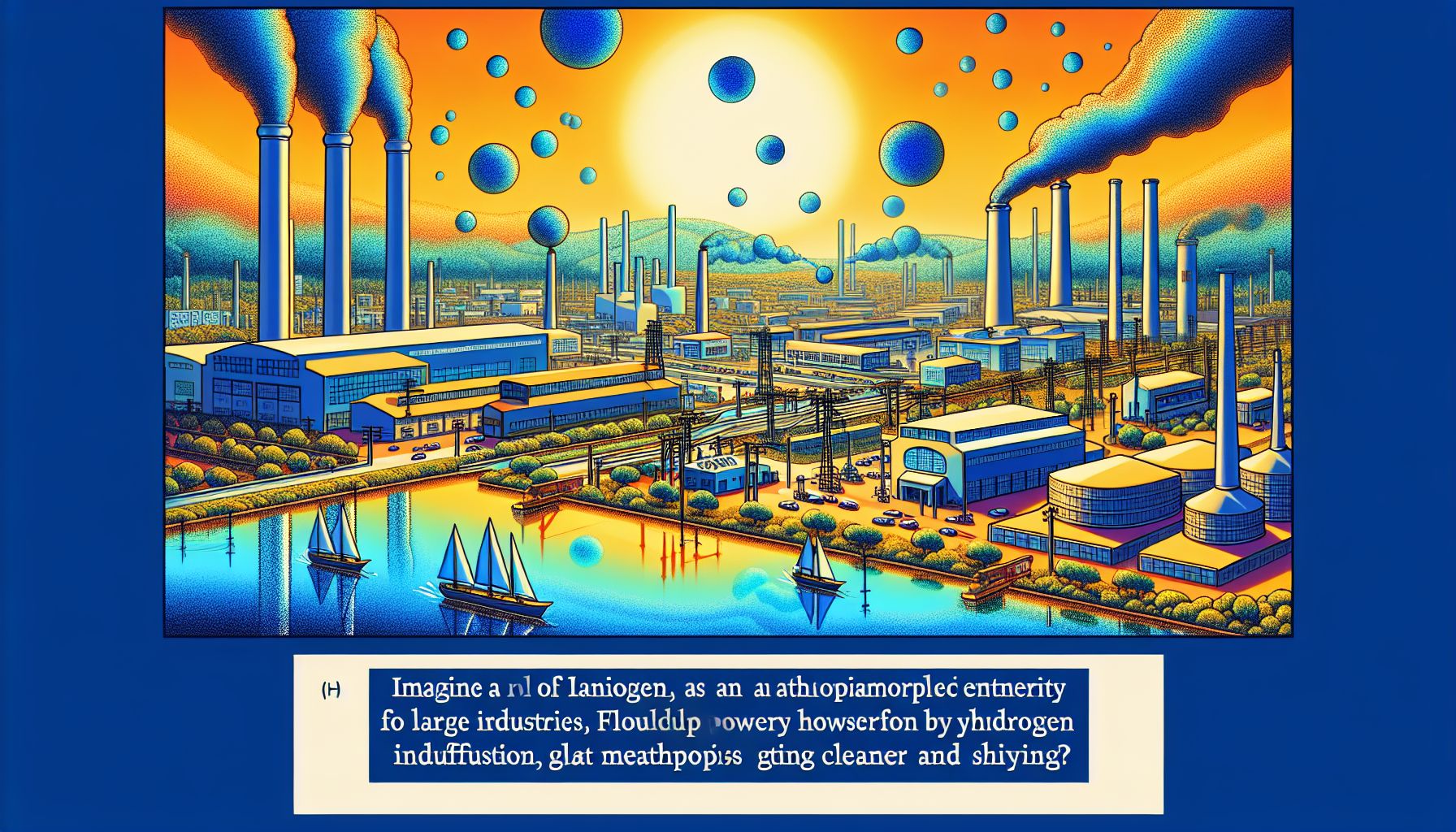Liander Plans to Lead Hydrogen Networks for Industrial Energy Transition

Amsterdam, Friday, 3 January 2025.
Liander aims to manage hydrogen networks for large industries, enhancing hydrogen’s role in the Netherlands’ energy transition.
Strategic Network Management
Dutch network operator Liander has announced plans to become the primary manager of regional hydrogen networks, extending their current role in managing electricity and natural gas infrastructure [1]. This strategic initiative focuses primarily on serving large industrial users and energy-intensive sectors, particularly those requiring high-temperature processes that are difficult to electrify, such as chemical, ceramic, and metal industries [1].
Integration with Existing Energy Systems
The company envisions hydrogen as a crucial component in creating a reliable, affordable, and sustainable energy supply [1]. A key innovation in their approach is the integration of hydrogen with existing electricity infrastructure, where hydrogen can serve as an energy buffer. This system would allow for hydrogen production and storage during periods of abundant renewable electricity, which can then be utilized when solar and wind energy availability is lower [1].
Part of a Broader European Movement
Liander’s initiative aligns with larger European developments in hydrogen infrastructure. For context, neighboring Germany has recently approved an extensive 9,040 km hydrogen network valued at 18.9 billion euros [2]. This demonstrates the growing momentum for hydrogen infrastructure development across Europe, with Germany specifically planning to have its first hydrogen flows operational by 2025 [2].
Technical Implementation and Future Outlook
The implementation strategy focuses on regional management to better respond to local needs and facilitate faster decision-making [1]. This approach aligns with current industry best practices that emphasize the importance of hydrogen in energy networks [3]. The focus on industrial users represents a practical first step, as Liander notes that hydrogen use for residential heating remains a lower priority and faces uncertainty in the longer term [1].

